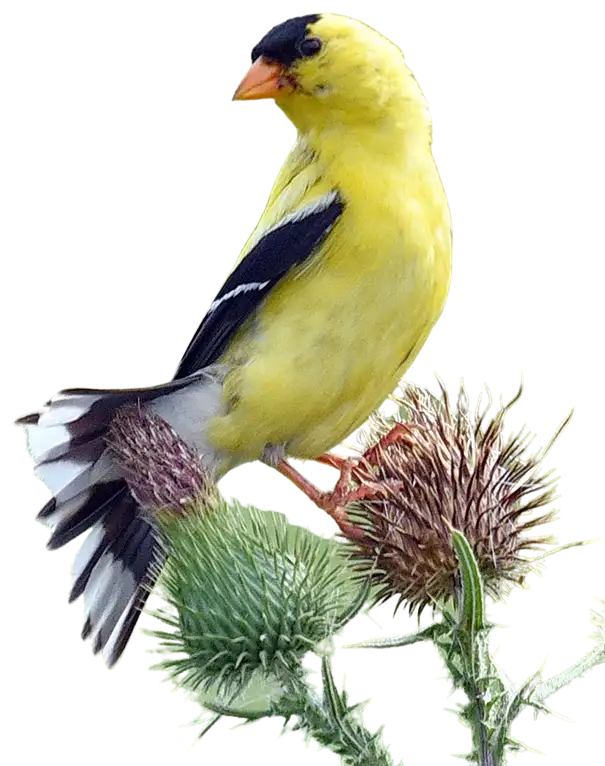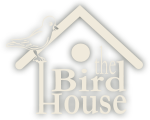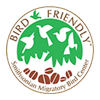A bit like May in reverse, this is the height of fall migration. The woods fill with songbirds, the ponds with ducks, the lake with waterfowl, and the mudflats with shorebirds – all headed south. On average, 218 species are seen this month.
September is the peak time to observe fall warblers and vireos, and most of the thrushes. Blackpoll and Yellow-rumped Warbler are among the last to arrive. With luck, skulking Connecticut Warblers may be found around the Braddock Bay Owl Woods or the Manitou Beach Preserve. This is a particularly good time to look for Gray-cheeked Thrush, which seem more common now than in the spring. By the end of the month, Yellow-bellied Sapsucker, creepers, kinglets, Winter Wren and Hermit Thrush will also build in numbers. White-throated, White-crowned, and Lincoln’s Sparrow can be seen along the wood edges. Look in any wooded areas; Island Cottage Woods, Durand Eastman Park and the Braddock Bay area can be particularly good.
Hamlin Beach State Park, with its lakeside bluffs, is the best spot to watch the lake for jaegers and other migrating waterfowl. By now, the water level is low enough to expose mudflats at Montezuma National Wildlife Refuge, which becomes a prime spot to observe shorebirds. Mudflats at the south and northeast ends of Irondequoit Bay, at the east spit of Braddock Bay, along Salmon Creek, and at Northrup Creek Sanctuary at the south end of Long Pond, can also be excellent shorebird spots. Continue to check the beach at Charlotte, too.
On the lake, shorebirds continue to move through; Dunlin are among the last to arrive on the beaches. Pomarine and Parasitic Jaeger are probable offshore, usually harassing gulls. By the end of the month, Common and Red-throated Loon and White-winged Scoter may be moving offshore; Greater Scaup may also arrive.
On the ponds, the fall duck migrations begin to pick up, as Green-winged Teal, Northern Pintail, Northern Shoveler, Gadwall, American Wigeon, Redhead, Ring-necked Duck, and Lesser Scaup crowd the area ponds. Nesting Wood Duck, moorhens, Sora and Virginia Rail appear more and more on or near water or mudflats with immature birds in tow. Rusty Blackbird arrive and can often be found feeding on mudflats. Huge flocks of Tree Swallow will gather along marsh edges to alternately perch, and then swoop low over the water in search of insects. Watch for other swallow species mixed in.
Any of the ponds in Greece (Round, Buck, Long and Cranberry Ponds) can produce good views of ducks, moorhens and perhaps a rail or bittern. Braddock Bay, Salmon Creek, the south end of Irondequoit Bay, and Montezuma and Iroquois National Wildlife Refuges are also excellent spots for herons, ducks and other waterfowl. Montezuma, in particular May’s Point Pool, is a reliable place for numbers of Great Egret.

Great Egret © Chuck Schleigh
In the fields, the first half of the month is the best time to try to find Buff-breasted Sandpiper, which migrate through our area in small numbers in the fall. Short grassy fields are best. American Pipit will also begin moving through the area; look for them in the same plowed fields where you will be looking for Black-bellied and American Golden-Plover. Look on the west lakeshore in Parma, Hamlin, and farther west.
Watch for spillover from the migration in your own yard. Warblers will work through the trees and bushes; the first White-throated and White-crowned Sparrow will forage in ground litter. Migrating hummingbirds benefit by keeping feeders filled with fresh nectar. Early September is a good time to start-up your winter seed feeders, too. You can attract small numbers of migrants. A careful watch should yield some unusual records.






